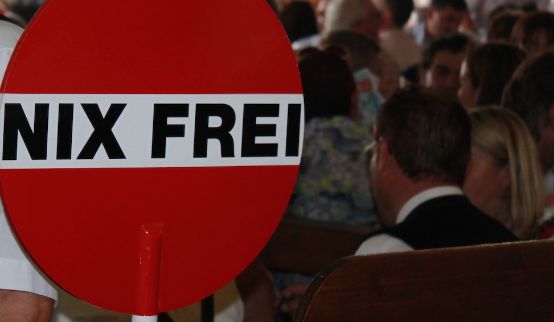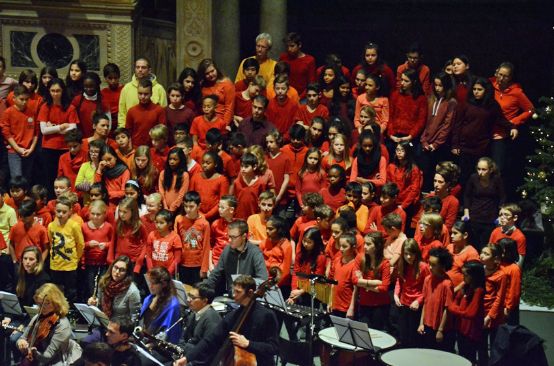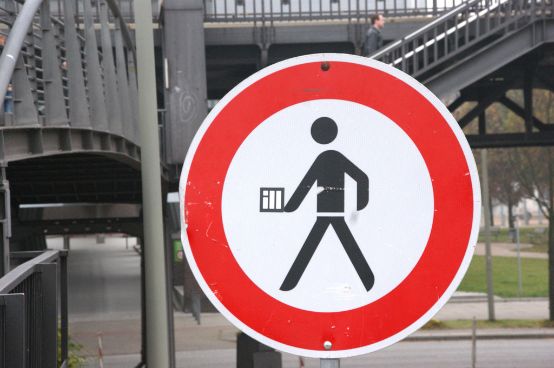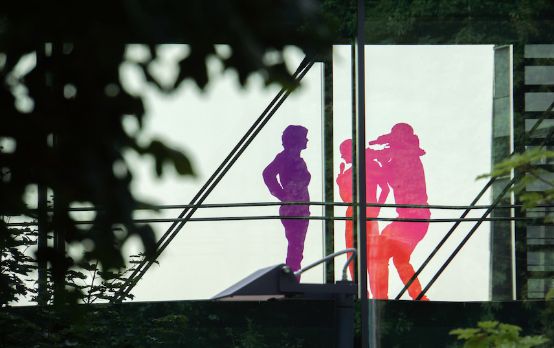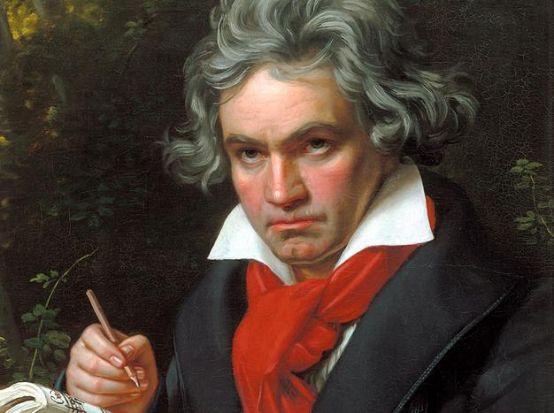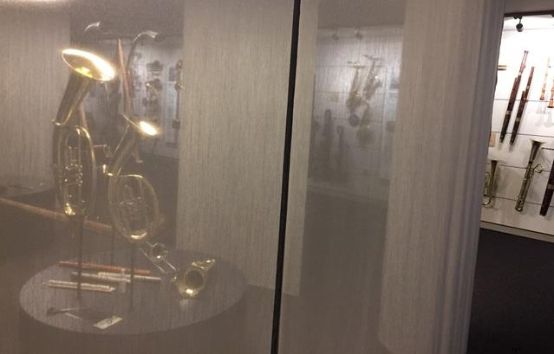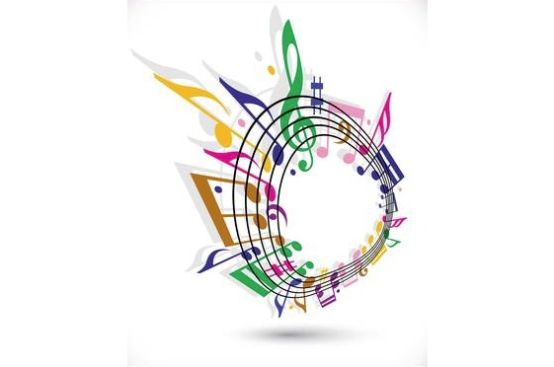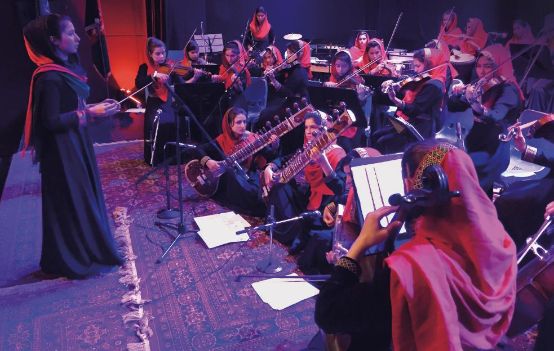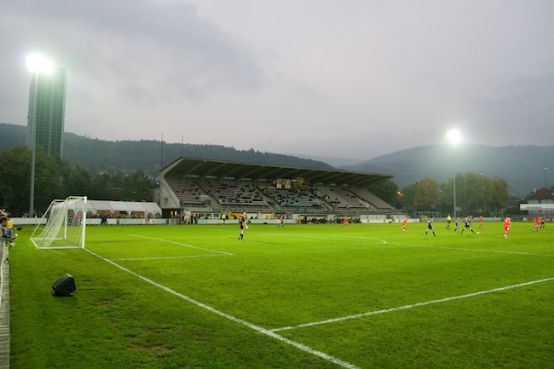Warming by the campfire
The impressions at the opening concert of the Elbphilharmonie on January 11 were overwhelming, Hamburg can be proud of the new landmark.

The path to art is steep. You have to make an effort to get to the large concert hall of Hamburg's Elbphilharmonie concert hall. A curved wooden staircase leads up from the publicly accessible plaza. And if you sit higher up in the steep hall, you have many more steps to climb if you don't take the easy elevator route. You can also simply follow the spherical lamps, which provide orientation like a strip of light. The fluorescent tubes that burn in the foyers around the hall are all directed towards the conductor's podium, explains Jan-Christoph Lindert from the Basel architecture firm Herzog & de Meuron during the morning press tour. The music is even staged in the foyer.
Much has been written about the acoustics of the large hall before a note has even been heard in it. Chief acoustician Yasuhisa Toyota has achieved perfect sound insulation by placing the double-shell hall on steel springs and thus decoupling it from the building. No ship's siren penetrates inside, no trumpet sound outside. Inside the hall, 10,000 gypsum fiber boards were installed, the different millings of which are intended to finely distribute the sound waves. The so-called white skin is actually gray and also sets a strong visual accent. Maximum material density meets maximum dispersion - like a jet of water splashing against a wall and forming a mist of droplets, explains Lindert. And promises that this creates the same auditory impression in all 2100 seats.
Ingenious architecture and transparent acoustics
The mood among the invited premiere guests is relaxed. People laugh and marvel, look around and touch the strange structures on the walls. There is no anger when the ceremony is postponed by half an hour. Anyone who has waited six years for the opening of the Elbphilharmonie can no longer be upset by thirty minutes. You don't look up at the stage, you look down. Even the visitors in the stalls are at eye level with the artists. Every seat can be reached from any other. No audience member sits more than thirty meters away from the conductor. The image of a campfire around which people gather, used by artistic director Christoph Lieben-Seuter, fits well with the feeling in the hall. Federal President Joachim Gauck spoke appropriately of a sense of community, which, however, did not reveal individuality.
The individual spectator areas vary in size. They are arranged like vines on a slope. This is why this form of hall design, which can also be experienced in a similar way in the Berlin Philharmonie, is called the vineyard principle. The crowd is divided into small groups. There is no sense of hierarchy. Ingenious architecture! But do the acoustics live up to the expectations? The first notes make you sit up and take notice. Conductor Thomas Hengelbrock begins the ceremony with Ludwig van Beethoven's overture to The creatures of Prometheus. The very first chord strikes jump out at the listener. The timpanist of the NDR Elbphilharmonie Orchestra hits the drumheads with wooden mallets. The sound is direct and clear. Music as a wake-up call! You wouldn't be able to doze off in the straight, hard upholstered seats anyway. The energy that immediately spreads from the stage into the hall is enormous. In the seat to the left behind the orchestra, directly in front of the organ, the strings and woodwinds sound as vivid as if you were hearing them from the front. You can follow every single voice like in no other concert hall - and observe every detail. Chamber music precision instead of billowing pathos. The first impression is overwhelming. Only the background noise of the organ impairs the listening pleasure in the adjacent seats that evening.
-
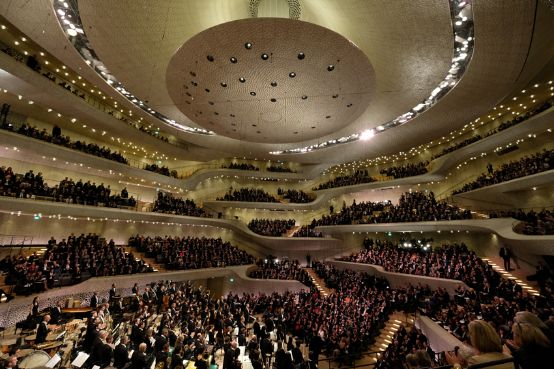
Intermission applause at the opening concert on January 11. Photo: Michael Zapf
Joy and jubilation
During the interval, there is a big crowd in front of the six bars. But the many staircase foyers and passageways also offer places where you can enjoy the spectacular view through the glass walls in peace and quiet. Or you can go right out onto the loggias, where you can hear the noise of the city. The stiff breeze ruffles your hair. The people of Hamburg don't want to be reminded of the cost explosion of the 789 million euro building. "It's all forgotten," says one lady, sipping her champagne glass. Mayor Olaf Scholz, who untied the Gordian knot of the construction freeze with new contracts in 2013, only briefly touched on the planning mistakes of the past at the press conference and appeared soberly Hanseatic in the hour of triumph.
For the actual celebratory concert, Thomas Hengelbrock subjects the Elbphilharmonie to a crash test, explores the extremes of the dynamics and distributes the artists around the hall. The warm, transparent acoustics can also be admired here when Philippe Jaroussky fills the entire hall with his delicate countertenor, accompanied only by a harp. With the extremely loud works such as Bernd Alois Zimmermann's Photoptosiswhere the organ (Iveta Apkalna) also contributes additional sound, the harshness increases. The rather dry hall forgives nothing. And you have to be very careful not to let the percussion and brass become too massive.
The other side of the coin is even more noticeable after the interval. In Richard Wagner's Parsifal-The winds and strings are often not congruent in the unison prelude. A millisecond's delay is enough - and the cogs no longer mesh. This is where the otherwise very precise and agile orchestra weakens. At the world premiere of Wolfgang Rihm's routine-looking commissioned composition Reminiscence. Triptych and saying in memoriam Hans Henny Jahnn Pavol Breslik's voice, heard from behind, does not have the same intensity as the instrumental sounds. Even in the finale of Beethoven's 9th Symphony with the Ode to joy the voices of Hanna-Elisabeth Müller (soprano), Wiebke Lehmkuhl (alto), Pavol Breslik (tenor) and Bryn Terfel (bass-baritone) get a little lost in space. The two choirs from NDR and BR (rehearsed by Philipp Ahmann), on the other hand, sound quite present at the back of the orchestra.
Other highly acclaimed halls such as the KKL in Lucerne, built in the classic shoebox shape, have nothing to hide from these extremely transparent acoustics. They have other strengths, such as a slightly longer reverberation, which does not make the orchestral sound seem as naked as it does in the Elbphilharmonie. In Lucerne, the registers blend better. However, with the ceiling reflector, the differently finished white wall and the exposed location on the water, there are certainly similarities between the two outstanding concert halls. In the Elbphilharmonie, Thomas Hengelbrock fires up his NDR Elbphilharmonie Orchestra one last time with his great charisma. The rest is joy and jubilation. Hamburg has every right to be proud of the city's new landmark.







